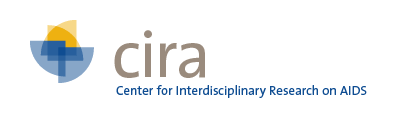| Abstract | Injection drug use is a leading transmission route of HIV and STDs, and disease prevention among drug users is an important public health concern. This study assesses cost-effectiveness of behavioral interventions for reducing HIV and STDs infections among injection drug-using women. Cost-effectiveness analysis was conducted from societal and provider perspectives for randomized trial data and Bernoullian model estimates of infections averted for three increasingly intensive interventions: (1) NIDA's standard intervention (SI); (2) SI plus a well woman exam (WWE); and (3) SI, WWE, plus four educational sessions (4ES). Trial results indicate that 4ES was cost-effective relative to WWE, which was dominated by SI, for most diseases. Model estimates, however, suggest that WWE was cost-effective relative to SI and dominated 4ES for all diseases. Trial and model results agree that WWE is cost-effective relative to SI per hepatitis C infection averted ($109 308 for in trial, $6 016 in model) and per gonorrhea infection averted ($9 461 in trial, $14 044 in model). In sensitivity analysis, trial results are sensitive to 5 % change in WWE effectiveness relative to SI for hepatitis C and HIV. In the model, WWE remained cost-effective or cost-saving relative to SI for HIV prevention across a range of assumptions. WWE is cost-effective relative to SI for preventing hepatitis C and gonorrhea. WWE may have similar effects as the costlier 4ES. |


